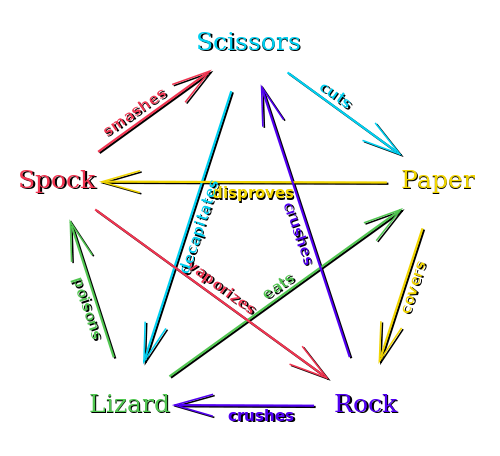Systems Thinking Complicates Things
Blog: Form Follows Function

I’ve had the honor and pleasure of appearing as a regular on Tom Cagley‘s SPaMCast podcast for almost three years now. Before I write one of my “Form Follows Function on SPaMCast x” posts, I always listen to the podcast to make sure that the summary is right (the implication being, relying purely on my memory won’t be right). I got a bonus while writing up last week’s appearance, because Tom asked an excellent question that deserved its own post: does thinking about a problem (legacy systems, in the instance of last week’s discussion) holistically/systematically complicate things?
Abso-freakin’-lutely.
It is much easier to avoid all the twists and turns and possibilities inherent in systems thinking. A simpler approach, picking one lever to pull/one button to push, makes it much easier to come up with a solution.
It just doesn’t work very well at coming up with solutions that actually work.
When there is a mismatch in complexity between problem and solution architectures, this mismatch will be an additional problem to deal with. This will apply when the solution is more complex than the problem space warrants and when the opposite is the case. Solutions that fail to account for the context they will encounter are vulnerable. This is the idea behind the quote attributed to Albert Einstein: “Everything should be made as simple as possible, but not simpler.”
Human nature can push us to fix problems quickly, and quick will generally equate to simple. It takes time to analyse the angles and consider the alternatives. How often have you seen people ask for “the best” way to do something absent any context? How often have you seen people ask “why would someone ever do that?”
I’ll answer that by asking 3 questions:
- since Rock beats Scissors, why would anyone ever choose Scissors?
- since Paper beats Rock, why would anyone ever choose Rock?
- since Scissors beats Paper, why would anyone ever choose Paper?
Reality isn’t binary. It’s not what’s “best”, it’s what’s fit for purpose in a given context and there are lots and lots of contexts out there.
This isn’t to say that all quick, simple interventions are wrong. If you find yourself in a house fire, more action and less comprehensive deliberation may well be in order. The key is matching the cost (largely in terms of time) of defining the problem space with cost (in terms of both effort and risk that the intervention adds to the problem) of crafting the solution.

It’s almost guaranteed that the system contexts we deal with (both technical and social) will evolve toward more and more complexity. Surprises will emerge as a matter of course. We don’t need to make more by failing to take a more holistic view when we have the time to do so.
Leave a Comment
You must be logged in to post a comment.







